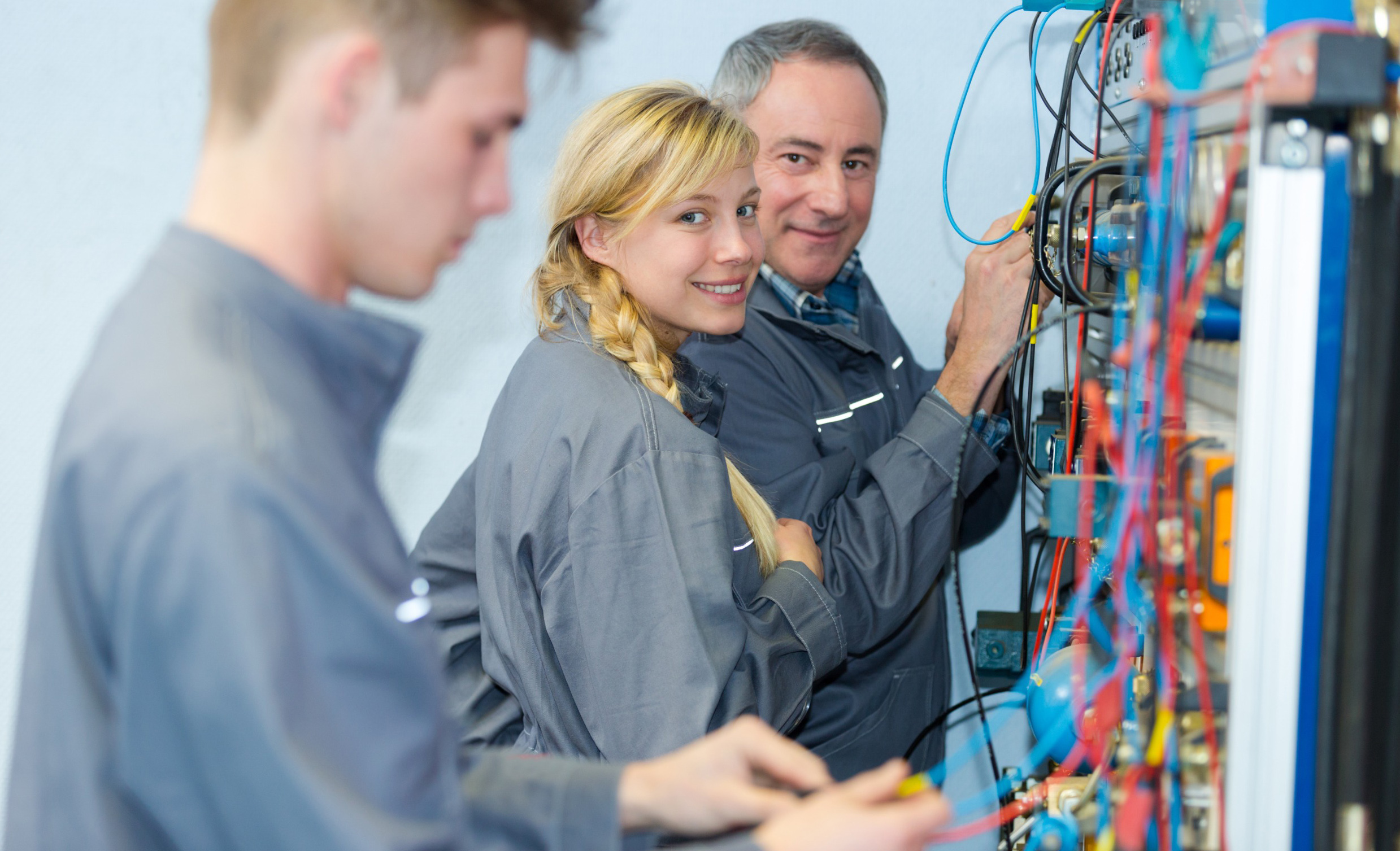
20 September 2024
Electric shocks, serious lacerations and injuries resulting from slips, trips and falls were the most common apprentice and trainee incidents reported to SafeWork SA in the first six months of 2024.
A total of 34 apprentice and trainee incidents were reported from 1 January to 30 June 2024 following a new collaboration between SafeWork SA and the South Australian Skills Commission.
Among the reports were 18 electric shock notifications and eight falls, including two from a roof and two from a horse.
There were also two fingertip amputations and eight serious lacerations caused by a variety of tools including a nail gun, angle grinder and a circular saw. One apprentice fractured a leg and another dislocated a shoulder, both the result of slips and trips.
From the start of this year, SafeWork SA has escalated all notifications involving apprentices and trainees, ensuring attendance by a SafeWork SA inspector is prioritised.
Information sharing mechanisms have also been established with the South Australian Skills Commission to ensure incidents involving apprentices and are notified and followed up appropriately by both organisations.
Younger workers in South Australia are a critical component of the state’s workforce and economy. As of June 2024, 87,600 South Australians aged between 15-24, who were not in full-time education, were employed.
In the three years from 2021 to 2023, SafeWork SA was notified of 132 serious injuries among apprentices and trainees, including 51 that required the apprentice to be admitted to hospital.
The most common injuries were caused by falls from heights, nail guns, power tools, sharp edges and falling objects.
More than two thirds of the reported apprentice and trainee injuries were in the construction industry.
Apprentices and trainees are often one of the most vulnerable cohorts in workplaces due to age and inexperience.
ReturnToWorkSA data shows workers aged 15-24 accounted for 52 per cent of all apprentice injury claims between 1 July 2020 and 30 June 2023.
The primary purpose of apprenticeships and traineeships is the provision of training by an employer to the apprentice or trainee, with the execution of work being secondary.
Under the Work Health and Safety Act 2012 (SA), an employer must provide the information, training, instruction or supervision necessary to protect all persons from risks to their health and safety arising from work carried out.
Under the South Australian Skills Act 2008 (SA), the SA Skills Standards are a legally binding Training Contract which sets out the responsibilities of employers of apprentices and trainees to provide supervision and on-job training in their chosen apprenticeship or traineeship pathway.
Quotes attributable to SafeWork SA Executive Director Glenn Farrell
Protecting apprentices and trainees and maximising opportunities to teach them the importance of safety at an early career stage are key aspects of this increased collaboration with the South Australian Skills Commission.
Taking on an apprentice or trainee is an investment and a long-term action to ensure the necessary skills are developed to support the demands of industry.
SafeWork SA is committed to ensuring employers, apprentices and trainees alike, develop their skills safely and sustainably.
This renewed focus is an opportunity to reiterate to employers, and their supervisors, that their role of on-job trainer and mentor to their apprentices and trainees will help shape their lives as the tradespeople and skilled workers and safety advocates of the future.
Quotes attributable to SA Skills Commissioner Cameron Baker
The South Australian Skills Commission is committed to supporting safe workplaces and ensuring that apprentices and trainees are protected.
Many apprentices and trainees are aged between 16 and 21 years old, and inexperienced in the world of work. Helping them to navigate the workplace safely by ensuring they are provided with the supervision, on-job training and mentor support from their employer is key.
A safe learning environment not only protects young workers, but also creates a secure and supportive workplace where apprentices are more likely to stay engaged and motivated to complete their qualification.
